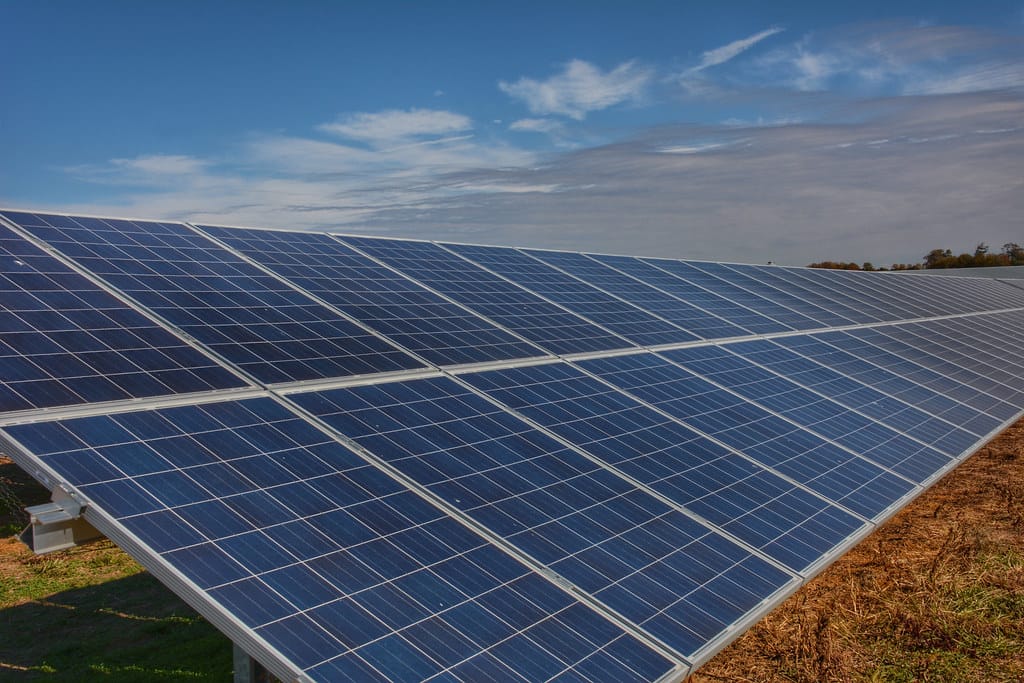Google Partners with Revolutionary Energy Storage Company to Accelerate Clean Power Grid
Google has announced a groundbreaking partnership with Form Energy to help scale the Massachusetts-based startup's innovative iron-air battery technology, marking a significant step toward solving one of renewable energy's biggest challenges: storing clean power for days, not just hours.
The tech giant's commitment to achieving 24/7 carbon-free energy by 2030 has led to this strategic collaboration, which could fundamentally change how the world stores and deploys renewable energy at scale.
The Long-Duration Storage Challenge
Traditional lithium-ion batteries, while effective for short-term energy storage, fall short when it comes to storing renewable energy for extended periods. Solar panels generate power during sunny days, and wind turbines spin when breezes blow, but what happens during week-long stretches of cloudy, calm weather?
This is where Form Energy's iron-air battery technology enters the picture. Unlike conventional batteries that store energy for 4-6 hours, Form Energy's system can store electricity for up to 100 hours—more than four full days. The technology uses one of Earth's most abundant materials: iron, which rusts and unrusts in a controlled process to store and release energy.
How Google's Partnership Changes the Game
While specific financial terms haven't been disclosed, Google's involvement goes beyond traditional investment. The partnership includes:
Long-term Power Purchase Agreements: Google has committed to purchasing clean energy from Form Energy projects, providing crucial revenue certainty that will help the startup secure additional funding and scale manufacturing.
Technical Collaboration: Google's engineering expertise and data center experience will support Form Energy's deployment and optimization efforts.
Market Credibility: Having Google as a partner validates the technology for other potential customers and investors, potentially accelerating adoption across industries.
Form Energy CEO Mateo Jaramillo emphasized the significance: "This partnership demonstrates that long-duration storage isn't just a future possibility—it's becoming a commercial reality today."
The Technology Behind the Innovation
Form Energy's iron-air batteries work through a surprisingly simple process. During charging, the system takes in oxygen from the air and converts iron metal to rust. When discharging, it reverses this process, converting rust back to iron and releasing stored energy.
The advantages are compelling:
- Cost-effective: Iron costs roughly 1/50th the price of lithium
- Scalable: No rare earth materials or complex supply chains required
- Durable: Designed to last 20+ years with minimal degradation
- Safe: No fire risk or toxic materials
The company's first commercial project, a 1.5-megawatt pilot facility in Minnesota, began operations in 2023. Each battery unit is roughly the size of a washing machine but can power about 1,000 homes for four days.
Industry Impact and Market Potential
The global energy storage market is projected to reach $120 billion by 2026, with long-duration storage representing the fastest-growing segment. However, current solutions face significant limitations:
- Pumped hydro storage requires specific geographic conditions
- Compressed air systems need underground caverns
- Lithium-ion batteries become prohibitively expensive for long-duration applications
Form Energy's technology could capture a substantial portion of this market while enabling higher renewable energy penetration on electrical grids worldwide.
Several major utilities have already signed development agreements, including Georgia Power and Great River Energy, with projects totaling over 1 gigawatt of planned capacity.
Challenges and Timeline
Despite the promising technology, significant hurdles remain. Manufacturing at scale requires substantial capital investment, with Form Energy targeting a 1-gigawatt annual production capacity by 2028. The company also faces competition from other long-duration storage technologies, including gravity-based systems and alternative battery chemistries.
Grid integration presents another challenge, as utilities must adapt their infrastructure and operational procedures to accommodate multi-day storage cycles.
The Path Forward
Google's partnership with Form Energy represents more than just another clean energy investment—it signals a crucial shift toward addressing renewable energy's intermittency challenge. By providing both financial backing and commercial demand, Google is helping prove that long-duration storage can transition from laboratory curiosity to grid-scale reality.
As renewable energy costs continue declining and storage technologies mature, partnerships like this could accelerate the world's transition away from fossil fuel dependence. The success of iron-air batteries could unlock renewable energy's full potential, making 24/7 clean power not just an aspiration, but an achievable goal.
For the energy industry, Google's commitment suggests that the age of truly reliable renewable power may be closer than many anticipated.

